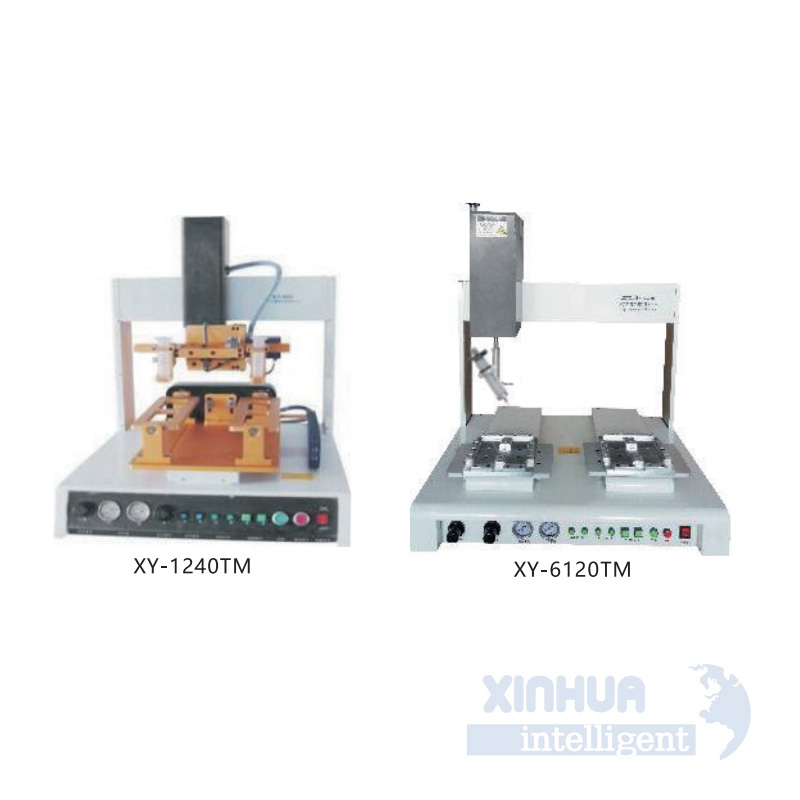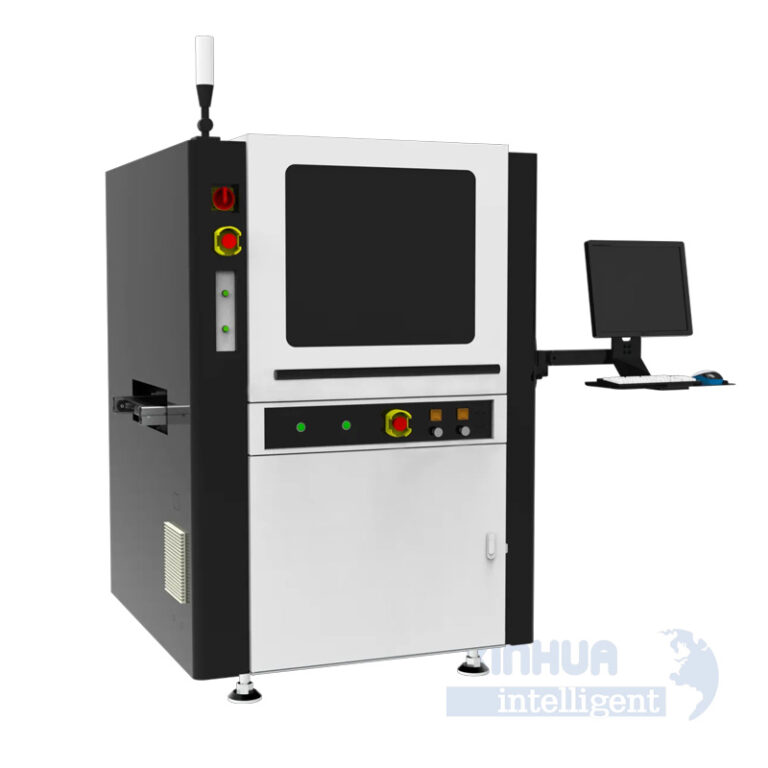
Smart Shelf Inventory Monitoring: Transforming Retail and Supply Chain Efficiency
In today’s fast-paced retail and logistics environments, maintaining accurate inventory levels is more critical than ever. The rise of e-commerce, omnichannel retailing, and consumer expectations for real-time availability have placed immense pressure on businesses to keep their shelves stocked and supply chains agile. Enter smart shelf inventory monitoring—a cutting-edge technology that combines IoT (Internet of Things), AI (Artificial Intelligence), and advanced sensor systems to provide real-time visibility into product availability, stock levels, and consumer behavior.
This article explores the challenges businesses face with traditional inventory management, how smart shelf systems address these issues, and highlights real-world applications across industries. We’ll also conclude with a call-to-action for businesses looking to adopt this transformative technology.
—
1. Common Pain Points or Challenges in Traditional Inventory Management
Despite advancements in enterprise resource planning (ERP) and warehouse management systems (WMS), many organizations still struggle with outdated or manual inventory tracking methods. These inefficiencies result in significant operational costs and customer dissatisfaction. Below are some of the most common pain points:
A. Inaccurate Stock Data
Manual inventory checks and periodic audits often lead to discrepancies between recorded and actual stock levels. This results in either overstocking—tying up capital and warehouse space—or understocking, leading to missed sales opportunities and dissatisfied customers.
B. Labor-Intensive Processes
Traditional inventory management relies heavily on human labor for scanning, counting, and restocking. These tasks are not only time-consuming but also prone to error, especially during high-volume periods such as holiday seasons or flash sales.
C. Out-of-Stock and Overstock Scenarios
Without real-time data, retailers frequently encounter situations where products are unavailable at the point of sale (out-of-stocks) or excessive inventory accumulates in storage (overstocks). Both scenarios negatively impact profitability and customer experience.
D. Limited Consumer Insights
Legacy systems offer minimal insight into how consumers interact with products on the shelf. Retailers miss out on valuable behavioral data—such as dwell times, product substitutions, and impulse buying trends—that could inform merchandising strategies and promotional campaigns.
E. Inefficient Replenishment Planning
Without access to real-time inventory updates, supply chain managers must rely on historical data and forecasts that may not accurately reflect current demand. This can lead to inefficient ordering cycles, increased lead times, and higher carrying costs.
These challenges highlight the need for a smarter, more responsive inventory management solution—one that delivers accuracy, automation, and actionable insights.
—
2. Practical and Technical Solutions: How Smart Shelves Work
Smart shelf inventory monitoring leverages a combination of hardware and software technologies to automate and optimize inventory tracking. Here’s how it works:
A. Sensor Technology
At the core of smart shelves are weight sensors, RFID tags, and image recognition systems. Weight sensors detect when items are removed or added, providing precise stock level tracking. RFID tags allow for item-level identification without line-of-sight scanning, while cameras and computer vision systems can monitor shelf activity and even recognize products visually.
B. Real-Time Data Integration
Smart shelves connect to centralized inventory management platforms via IoT networks. These systems aggregate and analyze data in real time, updating inventory records instantly whenever a product is picked up or restocked. Integration with ERP, WMS, and POS systems ensures seamless data flow across the supply chain.
C. Predictive Analytics and AI
Advanced analytics and machine learning algorithms process historical and real-time data to predict demand patterns, optimize replenishment schedules, and identify potential stock shortages before they occur. AI-driven systems can also suggest optimal product placements based on consumer behavior and purchasing trends.

D. Automated Alerts and Notifications
When inventory levels fall below predefined thresholds, the system automatically generates alerts to store associates or warehouse staff, prompting timely restocking. Some systems even interface directly with suppliers to initiate automatic reordering.
E. Energy-Efficient and Scalable Infrastructure

Modern smart shelves are designed with low-power consumption in mind, often using wireless connectivity (Wi-Fi, Bluetooth, or LoRaWAN) to minimize installation complexity. They’re also modular, allowing businesses to scale from a few shelves to entire stores or distribution centers without major infrastructure changes.
By addressing the limitations of traditional inventory practices, smart shelf systems enable a new level of precision, responsiveness, and efficiency in retail and logistics operations.
—
3. Real-World Applications Across Industries
Smart shelf inventory monitoring isn’t just a theoretical concept—it’s already transforming how companies manage inventory and engage with customers. Let’s explore a few real-world use cases across different sectors:
A. Retail Stores and Supermarkets
Major grocery chains like Walmart, Amazon Go, and Carrefour have implemented smart shelf systems to reduce shrinkage, improve availability, and enhance the shopping experience. For example, Amazon Go stores use a combination of weight sensors, cameras, and AI to track what shoppers take off the shelves, enabling a checkout-free experience.
Smart shelves also help in managing perishable goods by monitoring expiration dates and alerting staff to rotate stock accordingly, reducing waste and ensuring product freshness.
B. Pharmacies and Healthcare Facilities
In pharmacies and hospitals, accurate inventory control is critical for patient safety and regulatory compliance. Smart shelves help track controlled substances, ensure medication availability, and prevent dispensing errors. Some systems even integrate with electronic health records (EHRs) to align inventory with patient prescriptions.
C. Warehouse and Distribution Centers
Large-scale warehouses benefit from smart shelves by automating picking and replenishment processes. By integrating with robotic systems or automated guided vehicles (AGVs), smart shelves contribute to fully autonomous inventory ecosystems. This is particularly useful in fulfillment centers serving e-commerce giants where speed and accuracy are paramount.
D. Vending Machines and Micro-Markets
Smart vending machines equipped with shelf sensors can report real-time inventory levels and dispense products based on user selection. This allows operators to optimize routes and restock only when necessary, significantly improving operational efficiency.
E. Fashion and Apparel Retail
Retailers in the fashion industry use smart shelves to track which items are tried on or taken from display racks. This data helps them understand customer preferences and adjust stock levels accordingly. Some stores even pair smart shelves with digital mirrors to create personalized shopping experiences.

These diverse applications demonstrate the versatility and value of smart shelf technology across multiple verticals. As adoption grows, so too will the range of capabilities and benefits.
—
4. Conclusion: Embrace the Future of Inventory Management with Xinhua Intelligent
The shift toward smart shelf inventory monitoring represents a pivotal moment in the evolution of retail and supply chain operations. By addressing longstanding challenges with innovative, data-driven solutions, businesses can achieve unprecedented levels of accuracy, efficiency, and customer satisfaction.
As competition intensifies and consumer expectations continue to evolve, adopting smart shelf technology is no longer a luxury—it’s a necessity for staying competitive in a digital-first marketplace.
Xinhua Intelligent, a leader in intelligent shelving and inventory management solutions, offers end-to-end smart shelf systems tailored to meet the needs of modern retailers, healthcare providers, and logistics professionals. With a focus on reliability, scalability, and integration, Xinhua Intelligent empowers businesses to streamline operations, reduce costs, and unlock deeper insights into consumer behavior.
If you’re ready to transform your inventory management strategy and future-proof your business, now is the time to act. Discover how Xinhua Intelligent can help you implement smart shelf technology that drives performance and growth.
👉 [Contact Xinhua Intelligent Today]() to schedule a consultation and learn more about our customized smart shelf solutions.
